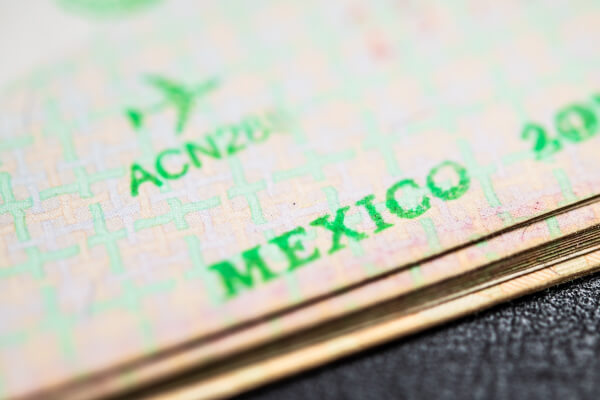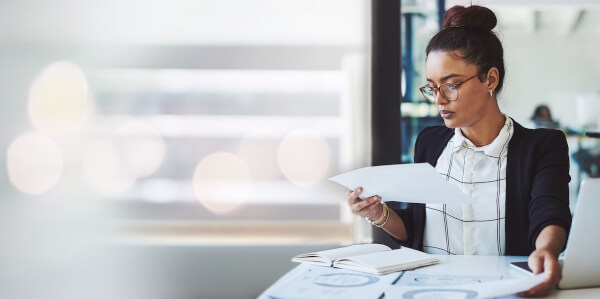Hiring Independent Contractors in Canada: A Complete Guide for Businesses
Learn how to hire independent contractors in Canada. Understand legal rules, tax responsibilities, and how to avoid misclassification with this guide.

China is a popular choice for sourcing low-cost inventory for resale. The lower manufacturing costs can help companies increase their own profit margins.
Many sectors choose to buy direct from China. The leading product categories are electrical machinery, toys, and sports equipment.
| 🔍 Did you know? |
|---|
| In 2020, China was the largest supplier of imported goods to the US - accounting for 18.8% of all imports. This was worth a total of $434.7 billion.¹ Total imports for May 2022 were $44 billion, compared to around $39 billion in May 2019.² |
Whatever products you’re considering, there are several things to be aware of when buying from China - from initial supplier contact up to finalizing payment. This guide will help you navigate the process.
Pay Chinese suppliers with Wise
| 📝 Table of Contents |
|---|
When approached right, the Chinese market can offer high-quality products for great prices. Buying direct from the supplier can help build a stronger supplier relationship.
The process can seem complex and confusing when starting out. It doesn’t have to be this way, though. Companies have been successfully sourcing from China for decades. Taking the right actions can make the buying process easier and safer.
The first step is to find the right supplier. There are many ways to do this. Searching online and looking at supplier platforms can be the best place to start.
You can often find customer reviews online that can give you an idea of whether the supplier is good and trustworthy.
You may also turn to other companies for supplier recommendations, if they are happy to share these with you. If a company highly recommends a supplier, it is a good indicator that you will also likely be satisfied with their services.
It’s a good idea to start by finding two or three potential suppliers. You can then compare them against each other before making a final decision.
Once you have shortlisted suppliers, you should contact them. This can be by email initially, with subsequent video calls if you prefer. Due to the distances, suppliers are often used to handling the whole process remotely.
This initial contact with a potential supplier is important. Relationships and customer service can be vital. Remember that the best suppliers will become more than just a seller.
A good relationship will support changing business needs, and even expansion in product offering.
Before placing a firm order, it is sensible to request samples from potential suppliers. This allows you to test product fit and quality. It also lets you further evaluate the supplier and possible relationship.
Suppliers may offer to supply photographs and other details instead of samples. It is up to you, but in many cases, examining the real product is by far the best way to test quality.
Keep in mind the shipping time for receiving samples. Of course, this is a significant factor in future orders as well. You may have to pay for samples, or the supplier may offer them for free. Always confirm this before expecting any free samples.
After dealing with two or three potentials and evaluating the company and product quality, you need to select your preferred supplier.
When making an order, you need to be very clear about what you want. Be specific. This may sound obvious - but clearly specify all details including modifications, sizes, and quantities. You also want to ensure this is fully documented in case of problems later.
Be sure to also let the other suppliers know that you won’t be choosing them. It’s always nice to keep a good relationship incase you do need to fall back on your second choice.
Price is a major consideration when choosing a supplier and placing an order.
Keep in mind any minimum order quantities when placing an order. Suppliers may place limits to obtain certain prices. In general, the price per unit will decrease as you order more. Factoring this into ordering plans can be advantageous.
Make sure that the payment terms are clearly specified and documented. This includes price, quantities, delivery time, and payment timeframe. You may also have to make a partial payment (downpayment) before shipment.
Good documentation will be vital in the event of any problems or disputes later.
There are several options for shipping from China. This could be arranged by yourself, the supplier, or a third-party company.
Options vary depending on budget, types of goods, and desired shipping speed.
Shipping options include:
| 🚢 Read more about shipping from China to USA |
|---|
Customs duties could be due on any item imported from China (or any other country). The United States Customs and Border Protection (CBP) enforces customs rules in the US.
For goods valued under $800, there is no customs duty. Above that, the duty payable will depend on the type of goods.³
The US uses the internationally recognized Harmonised Tariff Schedule or HTS code to calculate the exact rate due.
US customs will calculate any duty due for arriving goods. It is common to get the supplier to send a shipping invoice before the delivery of goods. You can then pay charges before the goods arrive at customs, which can speed up the import process.

Finding the right supplier is essential. You want one that offers the best possible products; but also one where you are comfortable with the relationship.
Some of the best ways to find potential suppliers include:
There are many online marketplaces for the Chinese market - including Alibaba, DHGate and AliExpress.
Manufacturers will list details of themselves and their products. The platform then facilitates communication with potential suppliers. Alibaba can also offer a level of protection for orders through its Alibaba Trade Assurance program.
Trade shows have long been a leading way for companies to meet. Even with the rise of online marketplaces, trade shows still provide a useful face-to-face meeting opportunity.
Shows are held in China and overseas. The largest show is the Canton fair (also known as the China Import and Export Fair). This is held twice yearly in Guangzhou, China, and attracts over 24,000 suppliers.⁴
Recommendations remain important, just as they do in other areas of business. Talking to other companies about the experience is a good idea. Trade shows can also provide opportunities for this.
Buying products from China has its advantages, but it’s not for everyone. The following are some of the main considerations for sourcing from China:
| Pros | Cons |
|---|---|
|
|
Suppliers often require payment in Chinese Yuan (CNY). Paying in local currency is the norm when you buy direct from China.
Even if you have the chance to negotiate payment in US Dollars, this may not be the best idea. It could harm the supplier relationship, and may incur delays or extra fees for either party.
A Wise Business account will help with making Chinese Yuan payments. You can hold, spend, and convert money in over 50 currencies, including Chinese Yuan. The Wise Business account gives you the flexibility to have account details for USD, Euro, GBP, and seven other major currencies.
Pay suppliers in China with Wise
Chinese Yuan invoice payments can be made with ease. Your funds are converted at the real mid-market rate, for a low and transparent fee.
| 🔍 Read more: |
|---|
All sources checked August 23, 2022.
*Please see terms of use and product availability for your region or visit Wise fees and pricing for the most up to date pricing and fee information.
This publication is provided for general information purposes and does not constitute legal, tax or other professional advice from Wise Payments Limited or its subsidiaries and its affiliates, and it is not intended as a substitute for obtaining advice from a financial advisor or any other professional.
We make no representations, warranties or guarantees, whether expressed or implied, that the content in the publication is accurate, complete or up to date.

Learn how to hire independent contractors in Canada. Understand legal rules, tax responsibilities, and how to avoid misclassification with this guide.

Learn how to hire independent contractors in Brazil. Understand tax rules, compliance, contracts, and how to avoid misclassification risks.

Learn how to hire and pay independent contractors in Mexico. This article also includes an FAQ and best practices about working with contractors in Mexico.

Learn how to navigate the overseas worker recruitment. Discover legal requirements, sourcing strategies, visa compliance, and tips for international hiring.

Paying overseas vendors is common, but the hidden costs of B2B cross-border payments aren’t. Learn how to simplify international business payments today.

B2B payment processing doesn’t have to be hard. Learn how growing businesses can simplify cross-border transactions, streamline invoicing and get paid faster.